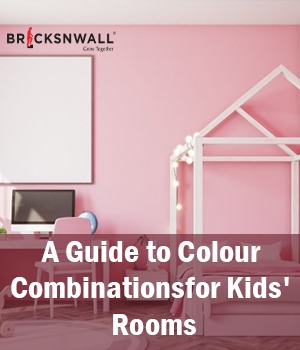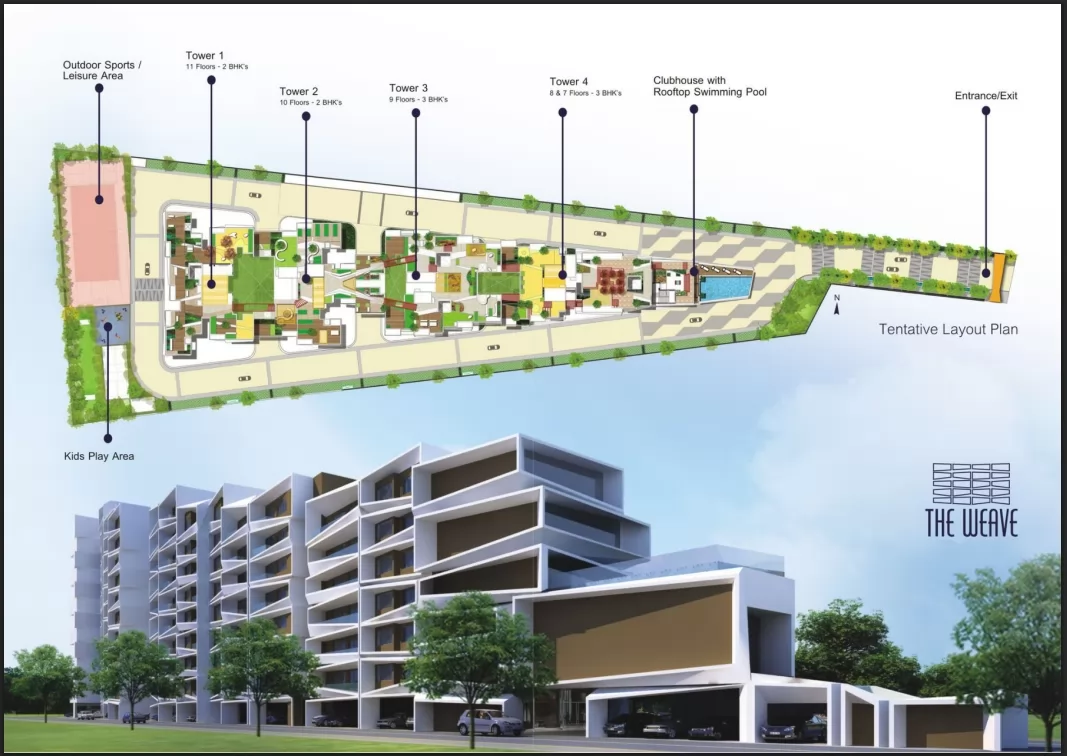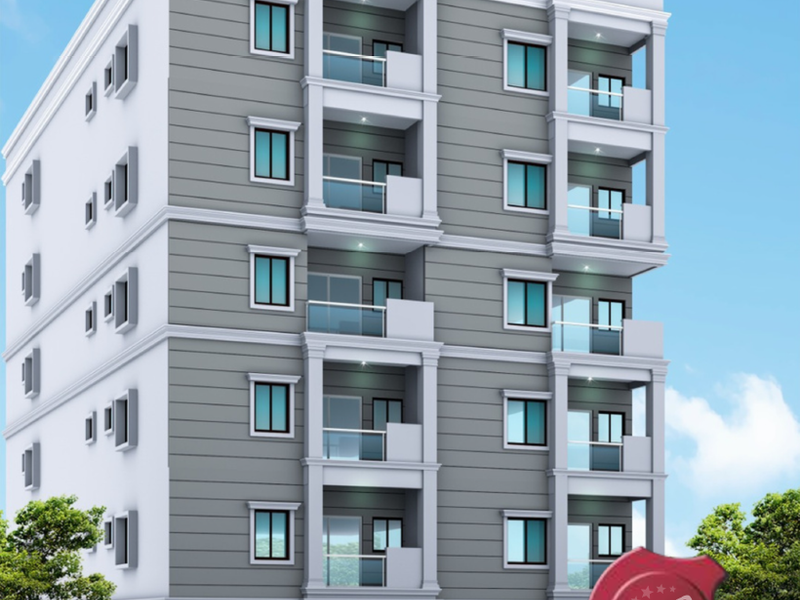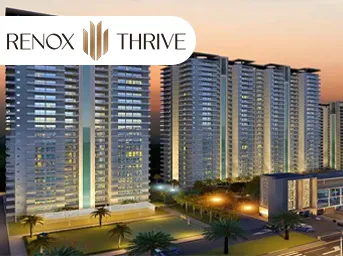Nature Inspired Home Design | Infusing Eco Friendly Style
Bricksnwall Trusted Experts
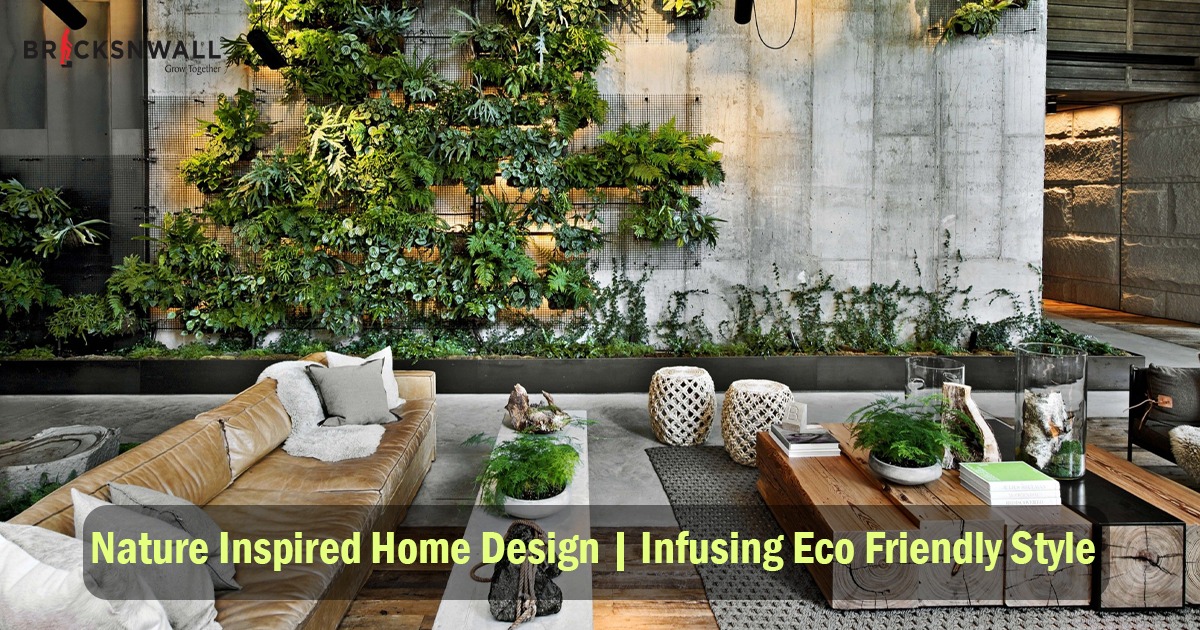
In the heart of India's thriving city, where
highrises and urban living dominate the landscape, there is a growing demand
for a balance of modernity and nature. Mumbai, known for its vibrant culture
and fast-paced lifestyle, attracts residents seeking eco-friendly interior
designs that reflect their commitment to a sustainable future. In this day and
age of environmental awareness and resource conservation, the importance of
sustainable interior design cannot be overemphasized.
So, let's look at some eco-friendly home ideas that
combine sustainability and style.
Eco-friendly interior design advantages
Let's explore the various advantages eco-friendly
interior design has for both the environment and your living areas.
Advantages for the Environment
Eco-friendly interior designs minimise waste, save
energy, and use less natural resources, all of which contribute to a healthier
earth. Designers and homeowners may lessen the degradation of limited
resources, cut greenhouse gas emissions, and preserve ecosystems by
implementing sustainable processes and materials.
Rewards for Health and Well-Being
People's health and well-being can be greatly
impacted by interior design choices. Sustainable interior settings typically
have better indoor air quality, lower exposure to dangerous chemicals, and a
connection to nature through biophilic design elements. These components raise
the general standard of living and comfort of the residents.
Financial Gains
Eco-friendly interior design may, in fact, provide
significant long-term financial benefits, despite popular opinion. Reduced
utility costs can be achieved by using energy-efficient design. Also, using
durable, eco-friendly materials usually results in lower maintenance and
replacement expenses.
Social Advantages
Initiatives for eco-friendly interior design are
useful educational resources. They raise awareness of the importance of
sustainability and inspire people to adopt green practices in their homes and
places of business.
Green interior design initiatives frequently involve collaboration with local artists and craftspeople, which promotes community involvement. Furthermore, the enhanced standard of living resulting from environmentally conscious interior design enhances the welfare of inhabitants and localities.
Repurposed and recycled materials
Recycled and repurposed materials make excellent
choices for interior design that is environmentally conscientious. These
materials revitalise pre-existing products, keeping them out of landfills and
reducing the need to create new, resource-intensive materials.
These are a few instances of salvaged and repurposed materials that can be utilised in interior design projects.
Reclaimed wood from old barns, factories, or even
submerged logs in riverbeds can be converted into stunning flooring, wall
panelling, furniture, and décor pieces. The distinctiveness and history of
reclaimed wood may give interior spaces a distinctive and rustic beauty.
Recycled Metal: Artistic
sculptures or unique furniture can be created using scrap metal that is left
over from industrial processes. Reusing scrap metal to create useful and
beautiful objects is an example of sustainable creativity.
Glass Recycling: Beautiful
counters, tiles, and even glasses can be made from recycled glass. Recycled
glass surfaces often have an amazing mix of hues and textures and contribute to
less trash.
Reclaimed Fabrics: Antique textiles and fabrics can be utilised for curtains, cushions, and upholstery. Reusing these materials not only gives them more personality, but it also reduces the need to produce new textiles.
Reduced-Volume Paints and Finishes
Select finishes and paints that contain negligible
amounts of volatile organic compounds (VOCs) for an environmentally conscious
interior design project. Conventional paints and finishes release hazardous
substances into the air, which leads to indoor air pollution and health issues.
Conversely, low-VOC or VOC-free products contain significantly less of these dangerous compounds, which makes them safer for the environment and people's health.
Options for Sustainable Flooring
Interior design relies heavily on flooring, and
choosing eco-friendly options can have a significant effect. Consider the
following choices for environmentally friendly flooring:
Bamboo is a rapidly replenishing resource that
makes for a high-quality flooring material. It is incredibly durable and
develops much faster than typical hardwoods.
Cork: The bark of cork
oak trees is used to make cork flooring; the bark organically regenerates
itself after harvest. It's a plush and cosy choice that offers superior
insulation.
Reclaimed & Recycled Wood:
Unique flooring can be created from reclaimed wood from buildings or old
furniture.
Wood flour, cork dust, and linseed oil are among the natural ingredients used to make linoleum. It is strong, biodegradable, and available in a variety of colours and designs.
Solutions for Energy-Efficient Lighting
Lighting plays a major role in interior design, and
there are numerous ways to make it use less energy. Take into account the
following lighting options for your project:
Light-emitting diode (LED) lighting: LED bulbs have
a very high energy efficiency and extended lifespan. Compared to conventional
incandescent bulbs, they use a great deal less electricity and generate very
little heat.
Natural Daylighting:
You can reduce the need for artificial lighting during the day by strategically
placing windows, skylights, and light wells to maximise natural light.
Install occupancy sensors to have lights turn off
automatically when a room is empty. In places where lights are frequently
accidentally left on, it lowers energy waste.
Task Lighting: As an alternative
to ambient illumination, task lighting is used to illuminate designated work
zones.
It can provide enough illumination where it's needed while using less energy overall.
Eco-Friendly Upholstery and Furniture
Choosing sustainable furniture and upholstery is
critical for establishing an eco-friendly interior. Consider these aspects when
purchasing eco-friendly furniture:
Sustainable Materials:
Choose furniture made from salvaged or responsibly sourced wood. Sustainable
upholstery materials include organic fabrics and those made from recycled
fibres.
Local Sourcing: To reduce the
carbon footprint associated with shipping, select furniture and upholstery
manufactured by local artists or manufacturers.
Durability: Invest in
high-quality, long-lasting furniture to minimise the need for replacements and
garbage.
Consider
upcycling or reusing old furniture to give it new life. With a fresh coat of
eco-friendly paint and new hardware, old pieces can be converted into beautiful
additions to your home.
Design with Nature in Mind
Eco-friendly interior design goes beyond material
selection to include the concept of biophilic design. Here are some ideas for
incorporating nature into your designs.
Biophilic Design Principles
Biophilic design incorporates elements of nature
into indoor areas. This can incorporate natural materials, nature-inspired
motifs, and even the usage of real plants. The main principles of biophilic
design are:
To create a visual connection with nature, use
large windows and glass walls that allow for views of the outdoors. This can
lead to a sense of openness and connection to nature.
Natural Materials: To create a
sensation of being in nature, add natural components into your design, such as
water, stone, and wood.
Indoor Plants: Use indoor plants and green walls to improve the air quality in the interior environment.
Nature-inspired Patterns: Use
wallpaper, fabrics, and furnishings with natural designs like leaves, trees, or
water ripples.
Incorporating Plants and Greenery
Indoor plants are an easy and effective method to incorporate biophilia into your house design. They have several benefits, including increased air quality, stress reduction, and aesthetic appeal. When including plants in your designs, consider the following:
Plant Selection: Choose
low-maintenance indoor plants that thrive in your specific environment. Snake
plants, pothos, and peace lilies are popular options.
Placement: Arrange plants
strategically throughout the space, taking into mind factors such as light and
humidity.
Green Walls: For larger projects, green walls or vertical gardens can serve as a gorgeous focal point while also providing the benefits of additional greenery.
Maintenance: You must provide
adequate plant care to ensure the plant's longevity and vitality in that
location.
Sustainable Landscaping for Indoors
If you have access to outside areas, consider using
sustainable landscaping as an extension of your eco-friendly interior designs.
Consider the following sustainable landscape practices:
Rain gardens are used to absorb and filter
rainwater from rooftops and concrete areas. It reduces the strain on stormwater
systems and helps to minimise soil erosion.
Drought-Tolerant Landscaping:
To save water, incorporate xeriscaping and drought-tolerant plants into your
outdoor design.
Permeable Surfaces:
Use permeable pavers or other surfaces on sidewalks and patios to allow
rainwater to soak into the ground rather than entering storm drains.
Green Roofs: If practicable,
install green roofs with vegetation to provide insulation, reduce the urban
heat island effect, and boost biodiversity.
Energy-Efficient Interior Design
Sustainable approaches include creating an energy-efficient interior. Energy-efficient design reduces not just environmental impacts, but also operational expenses. Consider the following key factors:
Proper Insulation and Sealing
Effective insulation and air sealing are necessary to keep indoor temperatures stable and decrease the need for excessive heating and cooling. Spray foam insulation made from environmentally friendly materials can be used to increase energy efficiency.
Efficient HVAC systems
HVAC (heating, ventilation, and air conditioning) systems are major energy users. To get the most out of your HVAC system, choose energy-efficient models and keep them up to date. Consider zoning systems, which provide exact temperature control in different zones.
Smart Technology Integration
Smart home technology has the potential to significantly increase energy efficiency. Programmable thermostats, occupancy sensors, and home automation systems that enable remote control of lighting, heating, and cooling are a few examples. These technologies allow occupants to save energy while maintaining comfort.
Daylighting Strategies
Maximising natural sunshine decreases the
requirement for artificial lighting and improves occupant well-being. Consider
the following daylighting strategies.
Light Shelves: Installing light
shelves will allow interior spaces to get more natural light.
sun Tubes: Also known as
light tunnels or sun tubes, these devices capture and guide natural light into
rooms with no windows.
Light-colored paints and reflecting surfaces can
help to increase natural light in interior settings.
Window Coverings: Provide tenants with adjustable window coverings, such as blinds or shades, to manage the amount of natural light they get.
Choosing Eco-Friendly Paint Colours
Selecting the appropriate paint hues is an
important component of eco-friendly interior design. Consider the following
while selecting paint for your sustainable project:
Low-VOC or VOC-Free Paints: As previously said,
choose paints with low volatile organic compound (VOC) levels or VOC-free
options. These paints emit fewer toxic compounds into the interior air, which
improves air quality.
Eco-Friendly Paint Brands:
Many paint manufacturers now provide environmentally friendly paint lines that
prioritise sustainable and non-toxic materials. Investigate and choose brands
dedicated to environmental sustainability.
Natural Pigments: Some paints use natural pigments obtained from clay, minerals, and plant-based hues. These paints are typically biodegradable and do not harm the environment.
Sustainable Wallpaper Options
Wallpaper may enhance a room's personality and
charm. Consider the following options when selecting wallpaper for eco-friendly
interior designs:
Recycled Content: Look
for wallpaper made from recycled paper or other sustainable resources.
Non-Toxic Adhesives:
Ensure that the wallpaper glue you use is non-toxic and low in VOCs.
Biodegradable Wallpaper: Some wallpaper products are biodegradable, which helps to reduce trash when they are removed or replaced.
Sourcing Eco-friendly Furniture
Consider the following factors while selecting
furniture for your eco-friendly home design project:
Sustainably Sourced Wood: Look
for furniture made from FSC-certified wood. This assures that the timber is
sourced from ethically managed forests.
Recycled and Upcycled Furniture:
Look into furniture constructed from recycled materials or upcycled from older
pieces. These items repurpose existing resources while reducing waste.
Local artists: Encourage local
furniture artists and craftsmen to make handmade, one-of-a-kind pieces with a
lower carbon footprint than mass-produced furniture.
Modular and versatile furniture can adapt to changing needs, reducing the need for additional furnishings.
Upcycling and repurposing Furniture
Upcycling and reusing furniture can be an
innovative and environmentally friendly solution to interior design. Consider
the approaches listed below.
Repurpose antique furniture by applying creative
paint techniques like distressing, ombre, or stencilling. These methods can
give the furniture a new and distinctive appearance.
Decoupage is the process of decorating furniture
with cut-out images and motifs taken from magazines, newspapers, or fabrics.
It's a unique way to breathe new life into old goods.
Refurbishing Upholstery: Consider reupholstering antique chairs and couches using eco-friendly and long-lasting materials. It has the ability to restore both the appearance and functionality of furniture.
Eco-Friendly Home Decorations and Accessories
Accessories and décor items are the finishing
touches to an interior design project. Here are some environmentally friendly
solutions to consider:
Recycled Glass: Decorative pieces
made of recycled glass, such as vases and sculptures, bring elegance and
sustainability to any room.
sustainable resources: Support
artisans and fair trade practices by purchasing handmade decor pieces produced
from sustainable resources.
Natural fibre carpets:
such as jute or sisal, are not only environmentally friendly, but they also
offer texture and warmth to any area.
Reclaimed Wood Decor:
Reclaimed wood decor, such as wall art or shelving, adds a rustic and
environmentally friendly touch to your design.
Repurposed Vintage objects: Vintage décor objects can be recycled or repurposed to complement your design aesthetic while decreasing waste.
Conclusion
Eco-friendly interior design is more than a passing
fad; it represents a shift towards a greener, healthier, and more sustainable
future. Incorporating eco-friendly concepts into your interior design projects
can have a positive impact on both the spaces you create and the planet at
large.
Remember that eco-friendly interior designs are
more than just one style; they are a collection of concepts that may be
adjusted to a variety of tastes and preferences. There are eco-friendly
solutions that coincide with your vision, whether you want a minimalist, modern
style or a comfortable, rustic atmosphere.

